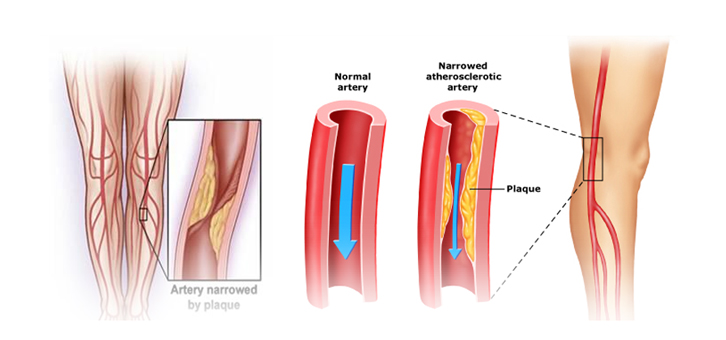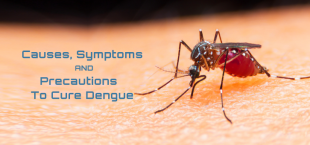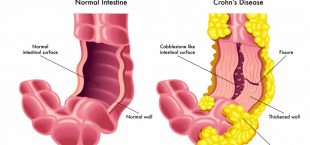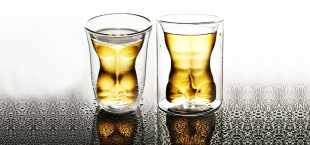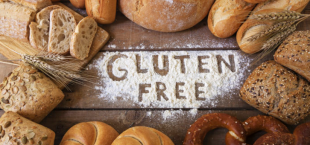Peripheral Arterial Disease (PAD) is the disease of the arteries that supply blood to the limbs and other abdominal organs. It occurs either in the form of ballooning following with weakening of the wall (aneurysm) or in the form of blockages following the accumulation of cholesterol in the walls of the arteries causing narrowing of the lumen and reduction of blood supply to the part supplied by the involved artery. Smoking and diabetes are known to be the major causes of PAD.
India is referred as the diabetes capital of the world with about 60 million diabetic patients in 2014, which means that 15 million diabetics have PAD.
Abnormal lipids (high cholesterol), high blood pressure, obesity and certain other factors are also a few risk factors for Peripheral Arterial Disease. Dr Paresh Pai, says, “Around 60 per cent of the patients with ischemic heart disease (IHD) and cerebrovascular disease have PAD. 50 per cent of diabetic patients need hospitalization for infection ischemic diabetic feet. 25% of diabetic patients have PAD. India is referred as the diabetes capital of the world with about 60 million diabetic patients in 2014, which means that 15 million diabetics have PAD.”
The most common symptom of PAD is ‘claudication’ meaning leg pain, mostly in the calf muscles on walking and is relieved by a short rest. Rest pain which is a burning pain in the distal part of the leg (foot) pains even when the foot is at rest and gets worse on elevating or placing the foot on the bed, it is relieved by hanging the leg down over the edge of the bed. Gangrene/non-healing wounds also can affect when the tissue dies because of poor supply of blood. Presence of rest pain, gangrene or wounds is referred to as critical limb ischemia and signifies a high risk (50 per cent) of loss of limb or death.
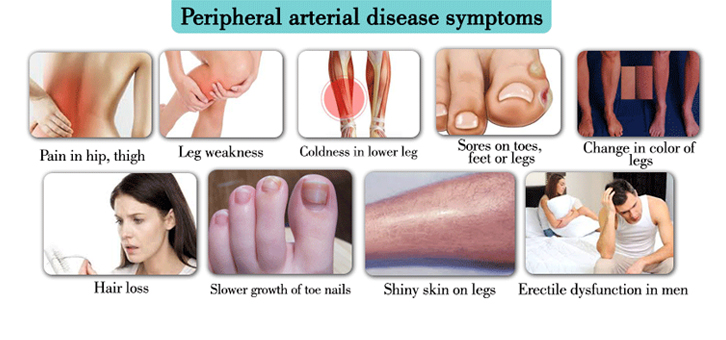 The most important step is to avoid using tobacco in any form. Diet is another step; a proper square meal at the right intervals makes all the difference. Avoiding irregular diet times and high fats especially saturated fats and a high carbohydrate load will help too. It is also essential to avoid fast foods, which although are tasty, contain a lot of unwanted substances which clog up the arteries. Exercise helps a lot by, which may eventually help in improving the results of intervention or may even avoid amputation.
The most important step is to avoid using tobacco in any form. Diet is another step; a proper square meal at the right intervals makes all the difference. Avoiding irregular diet times and high fats especially saturated fats and a high carbohydrate load will help too. It is also essential to avoid fast foods, which although are tasty, contain a lot of unwanted substances which clog up the arteries. Exercise helps a lot by, which may eventually help in improving the results of intervention or may even avoid amputation.
Treatment mainly depends on the site of PAD and the stage the patient is in. If the arteries that are affected are very small or if the blockage involves short segments, one may be able to improve the blood flow without any surgical cuts. The technique used in this process is called endovascular surgery, it uses various techniques such as balloon angioplasty using simple balloons or drug-eluting balloons, balloon angioplasty with stenting, directional atherectomy, etc.
Sambav salutes the advances in technology and the expertise of the doctors who make it possible to restore circulation in big and small arteries even in the foot, using thin wires, thin catheters (micro-catheters) and newer balloons, opening an entire new horizon for treating PAD.

